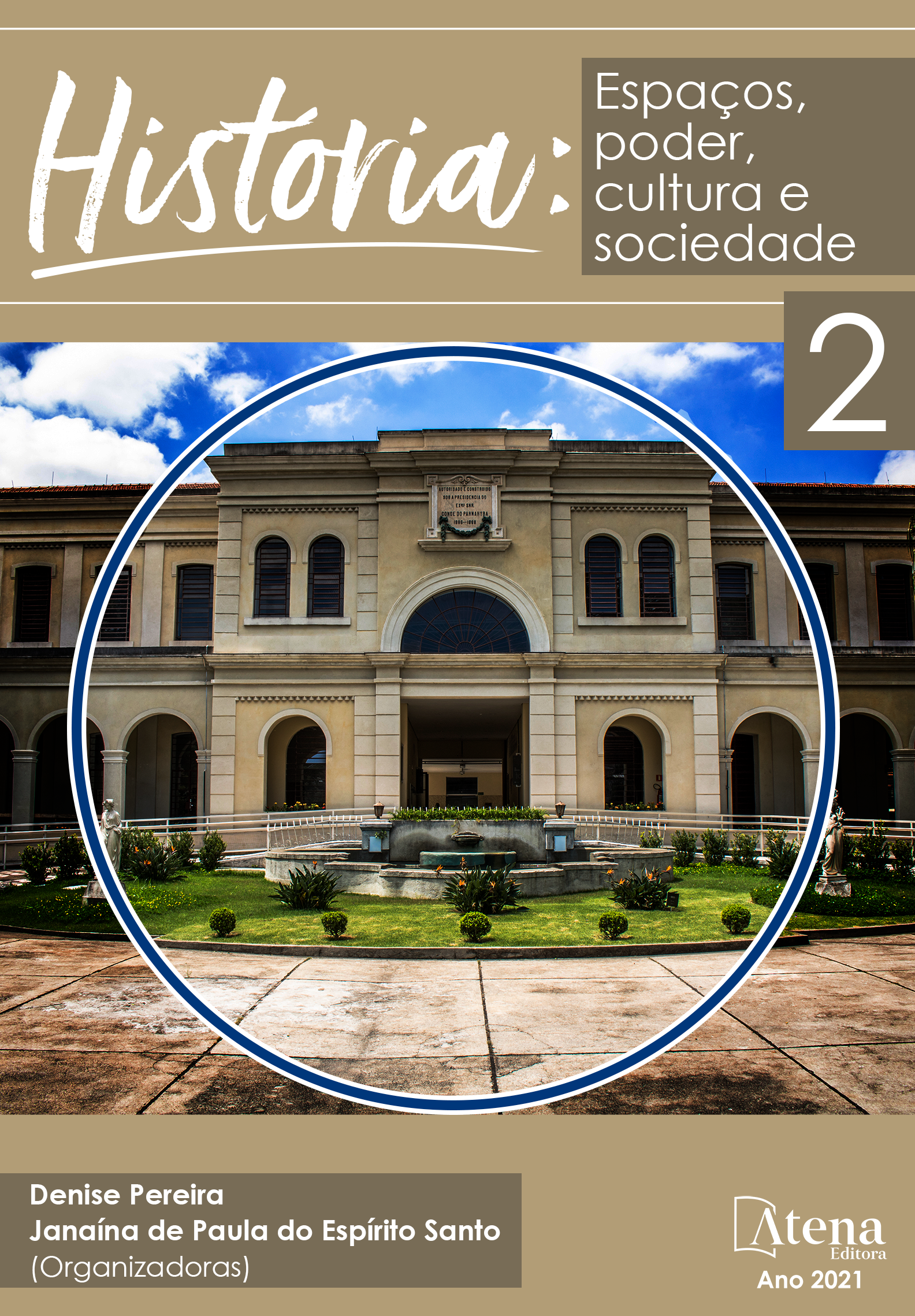
A ARTE CEMITERIAL: PATRIMÔNIO CULTURAL MATERIAL DE BAURU
O presente projeto apresenta os resultados finais da pesquisa de Iniciação Científica do Programa Institucional de Bolsas de Iniciação Científica – PIBIC – intitulado A arte cemiterial: Patrimônio Cultural Material de Bauru , iniciado no mês de Agosto do ano de 2019 e está vinculada ao Centro de Ciências Humanas da Unisagrado Bauru/SP. As atividades foram desenvolvidas pelo orientador e uma orientanda.
A princípio nossos estudos deram-se através de reunioes semanais realizadas todas as Quintas-feiras no piso superior da biblioteca do UNISAGRADO e de visitas tecnicas aos cemitérios de cidade, como o Cemitério de Saudade; Jardim Redentor; Cristo Rei; São Benedito e também o Instituto Lauro de Souza Lima, também conhecido como antigo sanatório Aimoré, porém no primeiro semestre do ano de 2020, ocorreu a Pandemia do COVID19, que nos forçou à continuar as reunioês e encontros de maneira remota, através de vários aplicativos como o Discord, que facilitou nossa comunicação de forma online.
Durante o processo buscou-se compreender o assunto principal que se destina à ressaltar a importancia das visitas de campo no ambito da pesquisa, além de cumprir o objetivo principal do projeto que tem como propósito analisar a importancia das práticas e representações artisticas contidas no Cemitérios da cidade de Bauru-sp, ao decorrer do século XX, buscou-se também demonstrar as diferentes práticas artisticas presentes e expressar as diferenças entre as relações sociais através do patrimônio cultural material; podemos perceber como a arte tumular está fortemente vinculada as questoes socioeconomicas e regiosas dos familiares responsaveis pelas lápides; por ser um espaço destinado a tratar hanseniase, que no século anterior era visto com Lepra e os enfermos eram residentes do intituto para receber devidamente os tratamentos, porém eram socialmente vistos como à margens; pessoas não dignas de estarem inseridas socialmente e este feito encontra-se presente de forma visual ao observar as lápides do local.
A ARTE CEMITERIAL: PATRIMÔNIO CULTURAL MATERIAL DE BAURU
-
DOI: 10.22533/at.ed.2152118111
-
Palavras-chave: Arte Cemiterial; Patrimônio Cultural ; Cidade de Bauru
-
Keywords: Cemetery Art. Cultural Heritage; City of Bauru
-
Abstract:
This project presents the final results of the research for the Institutional Scientific Initiation Scholarship Program (Programa Institucional de Bolsas de Iniciação Científica – PIBIC) entitled “The Art of the Cemetery: Material Cultural Heritage of Bauru”, started in August 2019 and is linked to the Center for the Humanities of Unisagrado Bauru / SP. The activities were developed by a research advisor and a researcher.
At first, our studies took place through weekly meetings held every Thursday on the top floor of the UNISAGRADO library and through field trips to the cemeteries of the city such as Cemitério de Saudade; Jardim Redentor; Cristo Rei; São Benedito and also the Institute of Lauro de Souza Lima, formerly known as the Aimoré Sanatorium. However, starting in the first half of 2020, the COVID-19 pandemic forced us to continue our meetings remotely, using various digital applications such as Discord servers, which facilitated our online communication.
During the process, we sought to understand the main subject that is intended to emphasize the importance of field trips within the scope of the research, in addition to fulfilling the main objective of the project, which aims to analyze the importance of the practices and artistic representations in the cemeteries of the city of Bauru-SP throughout the 20th century. We also sought to demonstrate the different artistic practices and highlight the differences between social relations through material cultural heritage; we were able to observe how the art of the tombs is strongly linked to the socioeconomic and religious issues of the family members taking care of the tombstones. The institute was used to treat Hansen’s disease associated with Leprosy in the previous century and the patients were supposed to receive proper treatments. However, in practice, they were marginalized as people not worthy of being accepted by the society and this feat is visually present when observing the tombstones of the place. Most of the tombs are worn out over time and abandoned
-
Número de páginas: 14
- Fábio Paride Pallotta
- JESSICA CHABARIBERY FERREIRA


